Discover 8 hidden attractions, cool sights, and unusual things to do in Montserrat Mountain (Spain). Don't miss out on these must-see attractions: Museu de Montserrat, Aeri de Montserrat, and Santa Cueva de Montserrat. Also, be sure to include Sant Jeroni in your itinerary.
Below, you can find the list of the most amazing places you should visit in Montserrat Mountain (Catalonia).
Table of Contents
Museu de Montserrat
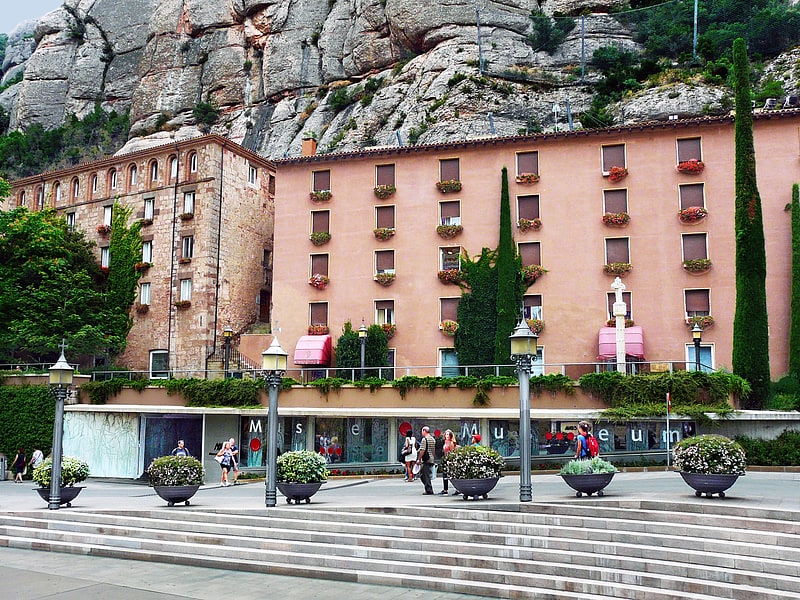
Also known as: Museo de Montserrat
Museum in Spain. The Museum of Montserrat showcases a selection of the most outstanding artistic and archaeological heritage at the thousand-year-old Abbey of Montserrat. The museum contains six very different collections. More than 1300 pieces are exhibited in the museum, embracing a vast chronological period.[1]
Address: Abadia de Montserrat, 08199 Barcelona
Aeri de Montserrat
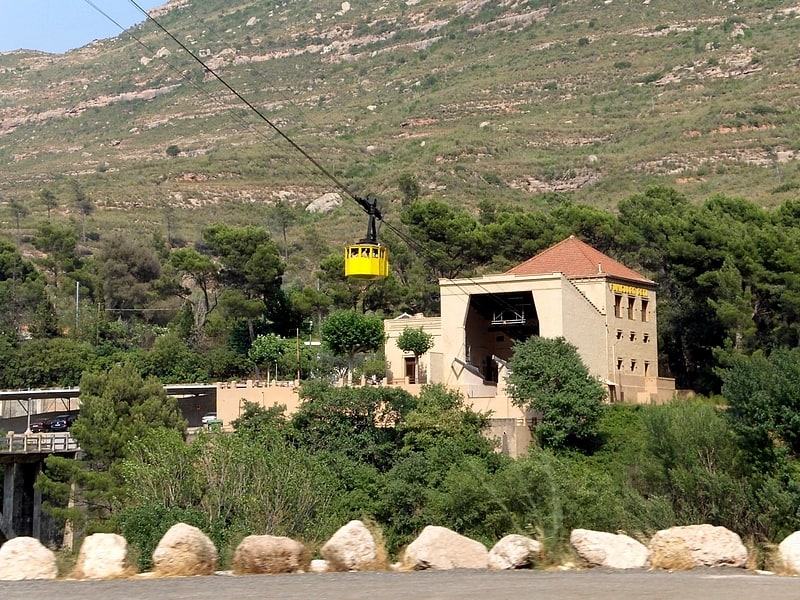
Also known as: Teleférico de Montserrat
Mountain cable car in Spain. The Aeri de Montserrat is an aerial cable car which provides one of the means of access to the Montserrat mountain and abbey. It can be found 1 hour from the city of Barcelona, Catalonia, Spain.
Travelers using the cable car should take note of its operating hours to avoid being stranded on the mountain, as it is operated by a separate company than the rack railroad and funiculars, and is not coordinated with them.
The line runs from the monastery to the station of Montserrat-Aeri, on the Ferrocarrils de la Generalitat de Catalunya (FGC) line from Barcelona-Plaça d'Espanya station to Manresa. The FGC operates the Montserrat Rack Railway, which provides an alternative access to the mountain and abbey, and two funicular railways on the mountain, the Funicular de Sant Joan and the Funicular de Santa Cova.[2]
Address: Ctra C-55, 08199 Montserrat
Santa Cueva de Montserrat
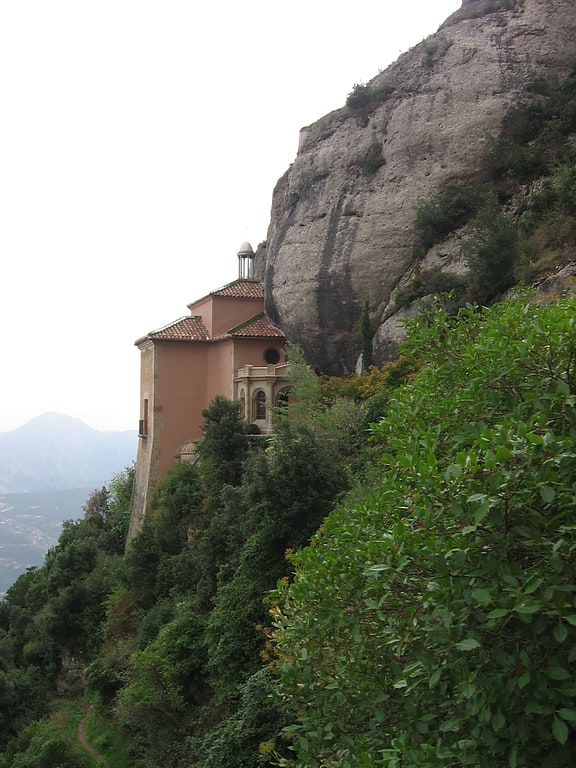
Catholic church in Spain. The Santa Cova de Montserrat is the hillside cave on Montserrat where the Virgin of Montserrat was traditionally hidden during the Moorish invasions and later discovered by shepherds in 880. Its discovery made Montserrat into a pilgrimage destination, and led to the founding of the Santa Maria de Montserrat Abbey.
The sanctuary of the Santa Cova is accessed by a path, called the Camí de la Santa Cova, carved along the ridge of the mountain. It was built between 1691 and 1704, thanks to the patronage of Gertrudis de Camporrell, marquess of Tamarit. Between 1896 and 1916, a series of sculptures were placed along the camí, dedicated to the rosary and the 15 mysteries of the Virgin, including works by Antoni Gaudí, Josep Puig i Cadafalch and other modernista artists.[3]
Sant Jeroni
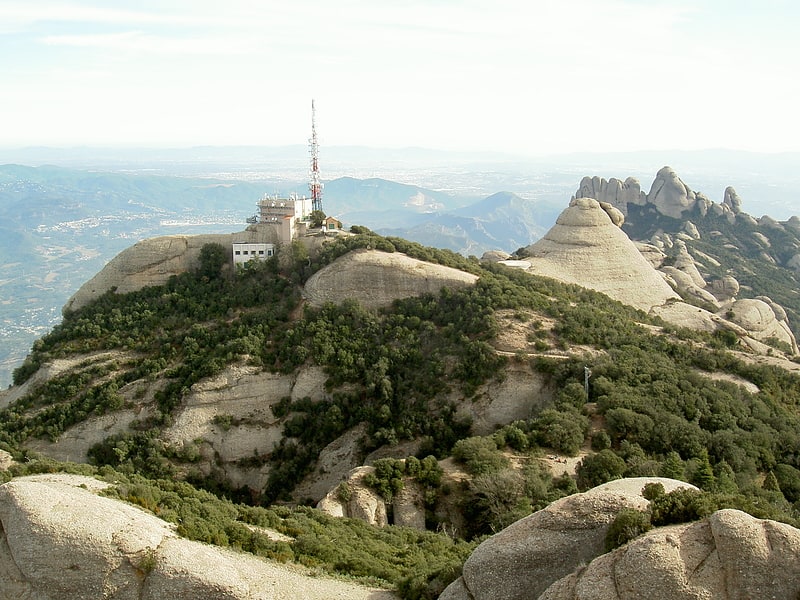
Also known as: San Jerónimo
Mountain in Spain. Sant Jeroni is a mountain of Catalonia, Spain. It has an elevation of 1,236 metres above sea level.[4]
Santa Cecília de Montserrat
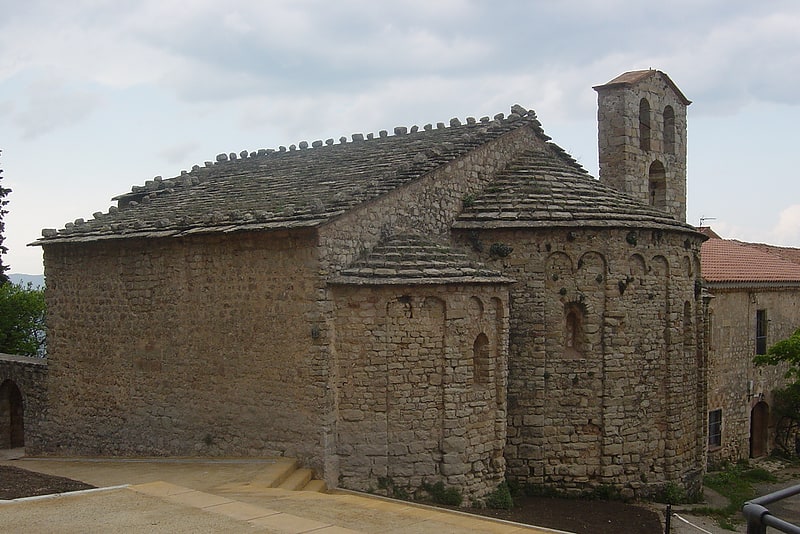
Monastery. Santa Cecília de Montserrat is a Benedictine monastery in Marganell, Catalonia, Spain.[5]
Catalan Pre-Coastal Range
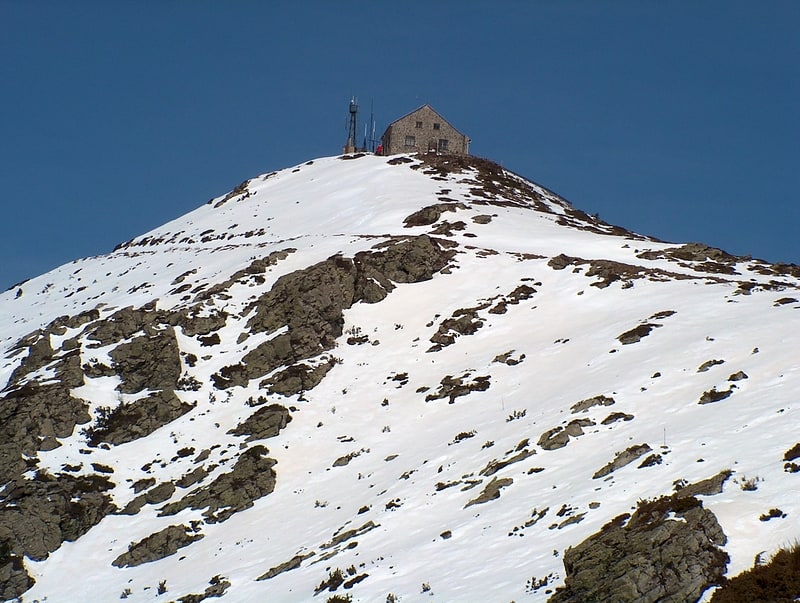
Also known as: Cordillera Prelitoral
Mountain range in Spain. The Catalan Pre-Coastal Range is a system of mountain ranges running parallel to the Mediterranean Sea coast in Catalonia. It is part of the Catalan Mediterranean System. Its main axis runs between the Catalan Transversal Range and the Serra de l'Espina, which connects with the Ports de Tortosa-Beseit, part of the Iberian System. The highest point is 1.706,7 m at the Montseny Massif.[6]
Sant Pere Sacama

The hermitage of San Pedro Sacama, dedicated to Saint Peter the Apostle, is located on some rocks in the northeast end of the municipality of Olesa de Montserrat, in a culminating point of the mountain range that separates the regions of Baix Llobregat and Vallés Occidental. It was part of the castle of Sacama, of which only remain, among rocks, pieces of stone wall placed in the shape of a herringbone.
Castell de Castellbell

The castle of Castellbell is located on a nearby hill in the town of Burés, around which the Llobregat river describes a meander, in the municipality of Castellbell i Vilar in the Catalan region of the. It is what remains of a Gothic building.